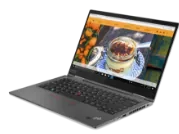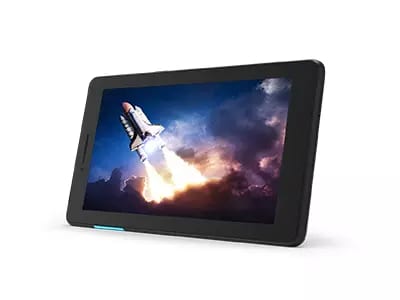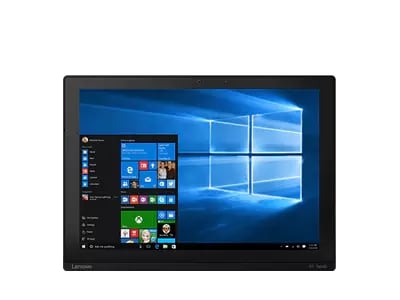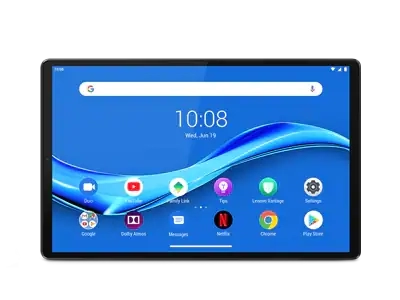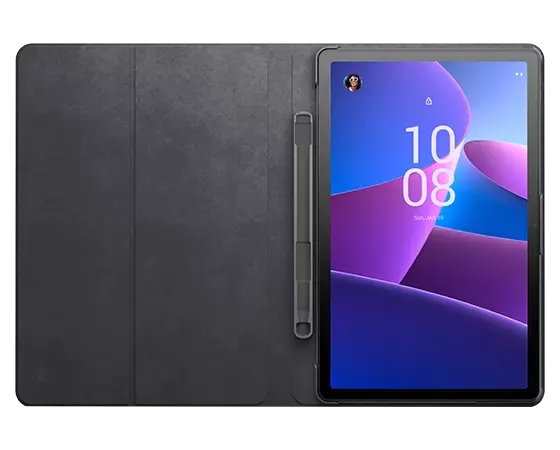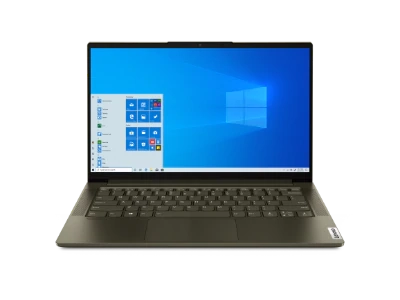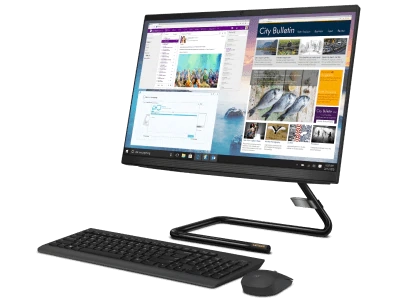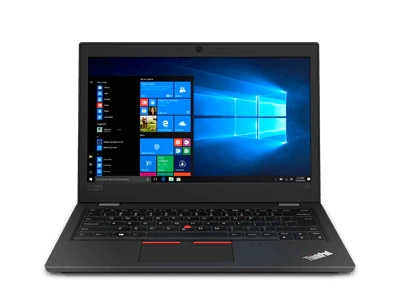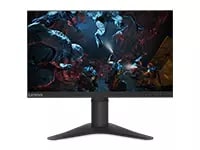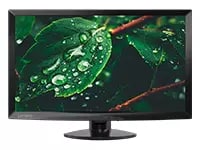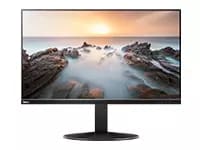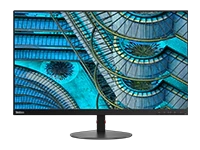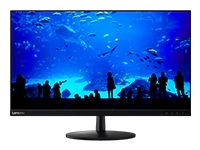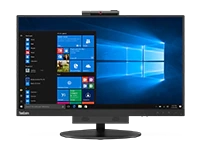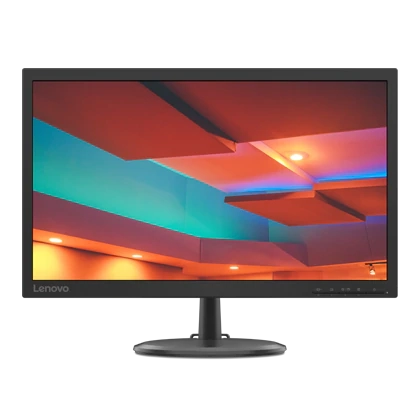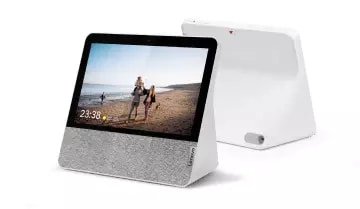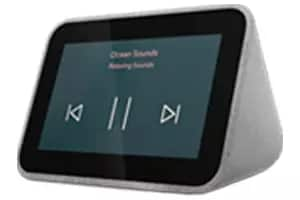Can You Buy a Great Laptop Under 300?
Whether you’re a student, or you run your own small business -- and yes, we’re including you gig economy freelancers in that group -- or, you simply need a computer for the home, a laptop is a digital essential. You could try to get by with a tablet (they’re getting better all the time) but feature-for-feature, they end up costing more than a similarly equipped laptop. Desktops can be amazing machines, but we all know they make lousy travel companions. This puts some of us in an awkward position: We know we need a laptop, but that doesn’t mean we can afford to drop £1,000 on one. Heck, even coming up with £500 can feel like a stretch.
So, what’s a laptop buyer to do? Is there such a thing as a decent laptop under £250? And if it does exist, what will I be giving up feature-wise compared to more expensive models? Will that £300 feel like money thrown down the drain after a year? We’re glad you asked. Here’s a look at the world of laptops under £300, so you can make the right decision.
The art of making compromises: Laptops under £300
You know the famous expression: You get what you pay for. It sounds like an admonishment against paying too little for something, and a promise that paying more is better. However, it’s just a reminder, a way of pointing out that you can’t expect something that costs £300 to be the same as something that costs £500, or £900. As long as you set your expectations accordingly, getting the kind of laptop that you can buy for £300 can be perfectly fine for you.
At £300 or less, laptop manufacturers are looking for every single opportunity to bring down their costs so that they can still turn a profit, while delivering a computer at that price. This approach will be reflected in every component, from the keyboard, to the trackpad, to the screen, and of course the processor, memory, and storage too. None of these will be the best you can buy, but they will be the best that a company can make at that price point. A £300 laptop designed to run Microsoft Windows, for instance, will absolutely run that software, but it will be a just-good-enough-and-no-more experience. You’ll be able to surf the web, stream videos, and run Microsoft Office, but none of these tasks will be lightning-fast, and if you try run them simultaneously, things could bog down quickly.
You’ll notice that battery life is adequate, but far from the all-day lifespan offered on more expensive machines, and that helpful ports, like USB, won’t be as plentiful, or as fast. £300 laptops will have serviceable keyboards, but you may find that the spring mechanism under each key doesn’t feel as precise or satisfying as those on a higher end laptop. Screens will feel the same: Adequate for getting things done, but not as big, bright, crisp, or as easy to see from off-angles.
Does any of this matter? Only you can decide. But as with so many other purchases, it’s all about getting a laptop that does what you need it to do. If it does, and it costs £300 or less, fantastic! If it doesn’t, then it’s not the right laptop for you, regardless of what the price tag says.
To help you figure out if a sub-£300 laptop is right for you, we’ve pulled together an overview of three different categories, with Lenovo laptops that all ring in at, or just under that price point.
Best all around use laptop under £300
At this price point, full-fledge Windows laptops are harder to come by, but our £200 Lenovo Ideapad S130 (11") makes it happen. Sporting a dual-core Intel® Celeron® N4000 processor, and 4GB of RAM, it’s got all the power you need for day-to-day computing. With Windows 10 Home, you’ll be able to run all of the most popular software, while taking advantage of peripheral support for vast array of devices.
The integrated Intel® UHD Graphics 600 can make the most of IdeaPad S130 11-inch HD display, and while not suited to high-end gaming, it can easily power an external display via the laptop’s HDMI port -- perfect for watching YouTube or Netflix on a big-screen TV.
Speaking of ports, with a USB Type-C port and two USB 3.0 ports, there’s plenty of connectivity options for attaching external hard drives, wired mice, smartphones, or cameras. It also has a built-in microSD card reader, which lets you conveniently add to the machine’s 32GB of internal eMMC storage.
Best business laptop under £300
Does a business laptop need to be a Windows laptop? With the most recent version of Chrome OS, we think there’s a good argument that the answer is no. Take our Lenovo Chromebook C330, for instance. At £300, it’s at the very top of our price range, but it also offers some unique features.
With a 11-inch display, 4GB of RAM, it makes the Chrome OS experience faster, and more responsive than models that only come with 2GB. Of course, just like all Chromebooks, the C330 starts up instantly, and has excellent battery life. You can expect to get 10 hours from a full charge on this laptop. You can expand the built-in 32GB of eMMC storage through microSD cards, thanks to the included microSD card reader.
With an HDMI port, you can connect to a variety of external HDTVs and monitors, but there’s also support for DisplayPort through the C330’s USB Type-C port.
Unlike older Chromebooks, the C330 is able to run apps from the Google Play store, which dramatically increases the versatility of what used to be a limited, web-based operating system.
All in all, if you were thinking of using a Chromebook for business, the Chromebook C330 could be the most cost-effective option for doing so.
Best student laptop under £300
Some might say that you just can’t build a decent student laptop and keep the price under £300, but we disagree. Our Lenovo 100e Chromebook, which only costs £230, isn’t just a good student laptop, it’s a great one. With an 11.6-inch screen and weighing in at only 1.25kg, it’s small and light enough to fit in any backpack, and barely be noticed. Better yet, it’s designed to withstand the rigours of student life. It’s compliant with MIL-STD-810G testing for shocks and drop-resistant up to 29.5 inches (75cm), that’s roughly the height of a school desk.
It pairs an Intel® Celeron® N3350 Processor with 4GB of RAM for smooth performance, whether it’s surfing the web, watching YouTube, or (yes, we know, shocker!) doing homework. And those tasks can be almost anywhere, because with a 10-hour battery life, an electrical outlet is no longer a necessity (though a WiFi connection would be handy).
Like all Chromebooks, startups are almost instant. If the onboard 32GB of eMMC storage isn’t enough, you can always supplement it via the MicroSD card reader.
Access to the Google Play store for downloadable apps, and easy connections to both Google Classroom and G-suite for Education, round out the Lenovo 100e Chromebook’s report card.
Oh, did we mention that with two USB Type-C ports, connecting and powering devices like smartphones is fast and easy?
Buying a decent laptop for under £300 can be tricky, so make sure you know what you need from a laptop and compare that to what the various models offer. But most importantly, you should buy from a brand that has decades of experience building the highest quality laptops on the planet. The sub-£300 laptops that we make may not be expensive, but they are every inch a Lenovo -- if we couldn’t say that, we wouldn’t sell them.



Limits: Orders limited to 5 computers per customer. For larger quantities, go to the “Where to Buy” section of the website for details of resellers and retailers of Lenovo products
Offerings and Availability: All offers subject to availability. Offers, prices, specifications and availability may change without notice. Product offerings and specifications advertised on this website may be changed at any time and without notice. Models pictured are for illustration purposes only. Lenovo is not responsible for photographic or typographic errors..
PCs shown here are shipped with an operating system.
Prices: Web prices advertised include VAT. Prices and offers in the cart are subject to change until the order is submitted. *Pricing - savings referenced off regular Lenovo web prices. Reseller prices may differ from those advertised here.
**Battery: These systems do not support batteries that are not genuine Lenovo-made or authorised. Systems will continue to boot, but may not charge unauthorised batteries. Lenovo has no responsibility for the performance or safety of unauthorised batteries, and provides no warranties for failures or damage arising out of their use. **Battery life is based on the MobileMark® 2014 methodology and is an estimated maximum. Actual battery life may vary based on many factors, including screen brightness, active applications, features, power management settings, battery age and conditioning, and other customer preferences.
Finance is provided by Duologi. Duologi is the trading name of Specialist Lending Ltd.
General: Review key information provided by Microsoft® that may apply to your system purchase, including details on Windows 10, Windows 8, Windows 7, and potential upgrades/downgrades. Lenovo makes no representation or warranty regarding third-party products or services.
Trademarks: Lenovo, ThinkPad, IdeaPad, ThinkCentre, ThinkStation and the Lenovo logo are trademarks of Lenovo. Microsoft, Windows, Windows NT, and the Windows logo are trademarks of Microsoft Corporation. Ultrabook, Celeron, Celeron Inside, Core Inside, Intel, Intel Logo, Intel Atom, Intel Atom Inside, Intel Core, Intel Inside, Intel Inside Logo, Intel vPro, Itanium, Itanium Inside, Pentium, Pentium Inside, vPro Inside, Xeon, Xeon Phi, Xeon Inside, and Intel Optane are trademarks of Intel Corporation or its subsidiaries in the U.S. and/or other countries.© 2023 Advanced Micro Devices, Inc. All rights reserved. AMD, the AMD Arrow logo, Athlon, EPYC, FreeSync, Ryzen, Radeon, Threadripper and combinations thereof are trademarks of Advanced Micro Devices, Inc. Other company, product or service names may be trademarks or service marks of others.






